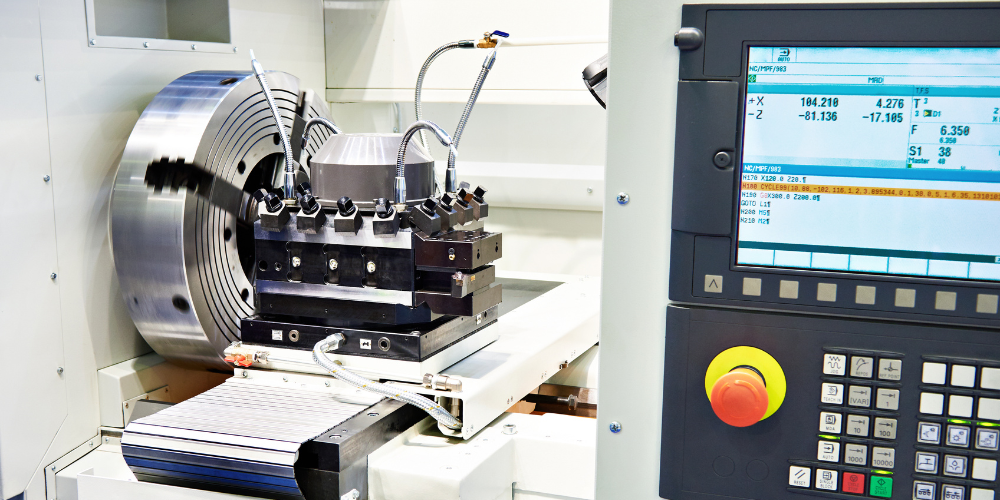CNC milling and CNC turning are two of the most common types of machining processes. While they’re similar in many ways, there are also important differences between them. Understanding these differences will help you decide which type is best for your project and work environment.
What is CNC Milling and CNC Turning?
CNC machining is a manufacturing process that incorporates CNC and computer-aided design (CAD).
Two distinct forms of CNC machining are CNC milling and CNC turning. While both milling and turning are used to produce components with exact dimensions, they differ in how much material is removed from the item throughout the manufacturing process. Milling is used to removing large amounts of material from a workpiece, while turning creates small-diameter shafts or parts by removing less material than in milling.
The Similarities of Both Types of Machining
Both CNC milling and turning are cnc machining services that use CNC to create parts from raw materials. A CNC machine tool is used to perform both types of machining, while a CNC program is used to control the cutting tools. Each type of machining has its own unique characteristics that help it stand out from its counterpart.
In terms of similarities between these two types of machines, it’s important to note that they both rely on an operator who designs and programs the tool path for each part produced by the machine tool in question. This means that someone with sufficient knowledge about this topic can use either one as long as they have access to adequate resources such as documentation or training videos on how best to utilize them effectively during production runs at their respective facilities
The Differences Between CNC Milling and CNC Turning
Both are used to create a rough shape of the workpiece, but they differ in their final outcomes.
CNC milling is best for materials that are hard and brittle, such as metals or plastics. A CNC machine uses a cutter bit to remove material from the surface of the workpiece, creating a rough shape. The part will then be machined using conventional grinding techniques to get it into its final form before being sent off to be assembled with other components.
CNC turning works on soft materials like wood, wax, and plastic (as opposed to hard materials). The process involves mounting your object on an axis that is held by bearings so it can spin freely while being cut with special tools called tool bits that rotate at very high speeds around the axis point of rotation. These tool bits wear out quickly because they’re made of expensive diamonds or carbide; therefore, they need replacing regularly depending on how much work needs doing per piece/project.”
The Application for Each Machining Process
As a general rule, CNC milling is best for roughing and finishing large components. It’s often used for parts that are too large to handle on a CNC lathe or some other machining process. The end result of CNC milling is the removal of material and built-in features such as threads or grooves. On the other hand, CNC turning is usually used to finish small workpieces by removing just enough material to get rid of surface defects. In addition, you can use it to create threads and grooves in your final piece as well.
When to Use CNC Milling or CNC Turning
CNC milling and turning are two of the most popular processes in modern machining. Both can be used for multiple applications, but only one is a good fit for your needs.
CNC milling is best suited for roughing and finishing operations, while CNC turning works best on small volumes of material that require finishing touches. In this way, they complement each other well: if you’re cutting large amounts of material (like parts), then CNC milling will save you time; if you’re working with small amounts (like models or prototypes), then CNC turning will give you more control over the final look and feel of your part.
When deciding between these two processes, it’s also important to keep in mind what materials your company works with most often—this will help guide which one is better suited for particular projects. For example, companies that tend to work with plastics may want to stick with CNC milling since it can cut through them quickly without overheating or breaking down as some other machines would do; meanwhile, those who use metals might prefer CNC turning because its slower speeds allow them to better control their pieces as they work through different phases throughout production cycles.”
Conclusion
I hope that this article has helped you understand the differences between CNC turning and CNC milling. If you’re still unsure which one to use for your project, remember that both processes have their own strengths and weaknesses.
